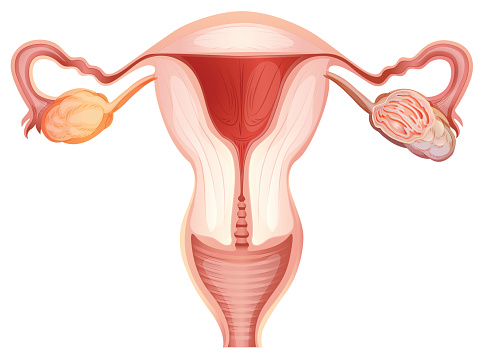On December 17, results from The UK Collaborative Trial for Ovarian Cancer Screening (UKCTOCS), a large prospective randomized controlled study of more than 200,000 initially cancer-free, postmenopausal women, ages 50-85 were published in The Lancet. Findings from the study demonstrate that screening may reduce ovarian cancer mortality by an estimated 20 per cent after a follow up period of up to 14 years. Study authors are now planning to conduct three more years of follow up to establish the full impact of ovarian cancer screening.
This collaborative research initiative, coordinated by University College London (UCL), involved 202,638 women, hundreds of healthcare professionals, 13 centers in England, Northern Ireland and Wales, the National Health Service and four major U.K. funding agencies: Medical Research Council, Cancer Research UK, the National Institute of Health Research and The Eve Appeal.
“The evidence from UKCTOCS suggests that carefully conducted screening using a multimodal strategy detects ovarian cancer sufficiently early to alter the natural history of the disease and reduce mortality,” says co-principal investigator professor Ian Jacobs, president and vice-chancellor of University of New South Wales, Australia and honorary professor at UCL, who co-invented the Risk of Ovarian Cancer algorithm (ROCA) in 1996.
Study participants were randomly assigned to a control group (n=101,299) who received no screening and a screening group (n=101,247). The screening group was divided into two arms: a multimodal screening (MMS) group (n=50,624) and an ultrasound screening (USS) group (n=50,623). Women in the multimodal group had a blood test to assess levels of cancer antigen 125 (CA-125), the outcome of which was evaluated by ROCA to assign a woman’s level of risk for ovarian cancer. If the risk was classified as intermediate or elevated, repeat blood tests and/or a transvaginal ultrasound (TVUS) scan of the ovaries were used. Women with an intermediate classification were referred for a repeat CA-125 test in 12 weeks and administered a TVUS scan if they received three intermediate ROCA scores. Women assessed with advanced risk received a TVUS scan within six to eight weeks without receiving additional blood testing.
Ovarian cancers were diagnosed in 630 (no screening), 338 (MMS) and 314 (USS) women. A Cox statistical analysis indicated a mortality reduction over years 0-14 of 15 percent with MMS, and 11 percent with USS, which were not significant. This mortality reduction was made up of an 8 percent and 23 percent relative reduction during years 0-7 and 7-14 respectively in the MMS versus no screening analysis, the reduction in the years 7-14 being statistically significant; and of 2 percent and 21 percent respectively in the USS group. The median follow-up was 11.1 years.
Trial results suggested that approximately 15 ovarian cancer deaths could be prevented for every 10,000 women who attend a screening program that involves annual blood tests for between seven to 11 years.







